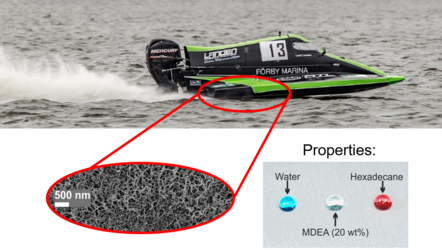
Surfaces exposed to the environment (e.g. the ocean) typically undergo biofouling and corrosion over time. Silicon nanofilaments have the potential to overcome these issues as well as potentially reduce friction of moving boats.
Animals like spiders and frogs can capture their prey using powerful natural glues. These glues are able to stick to both polar and non-polar surfaces, and they can be mechanically activated and deactivated (i.e. they adhere only under force).
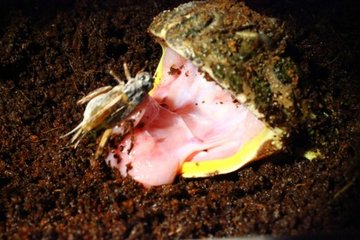
Contact: Mette H. Christiansen
Contact: Mette H. Christiansen

Amino acids are chiral molecules and come in both left-handed and right-handed forms. Nevertheless, virtually all living organisms on Earth are exclusively made of left-handed amino acids and nobody knows why.
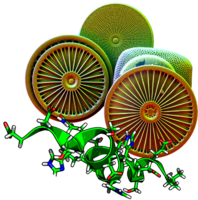
Diatom cell walls are constructed by a unique protein (Silaffin) whereby the protein organizes silicic acid in the ocean into unique silica structures. By using derivatives of the Silaffin protein, we can create unique bio-mineral particles, which can potentially be used as capsules for drug delivery.
Contact: Jan Thøgersen
Contact: Asger B. Thomassen
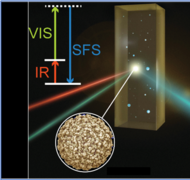

The spherical surfaces encountered in nanoparticles, water droplets and aerosols can give rise to unique and interesting properties compared to their flat counterparts. Our newly built sum frequency scattering (SFS) spectrometer extends our SFG capabilities to directly probe the structure and folding of biomolecules at these interfaces.
Sum frequency generation spectroscopy can probe molecules at interfaces using femtosecond laser pulses. We are now building a two dimensional SFG experiment which can probe energy transfer and coupling between molecular groups at interfaces.
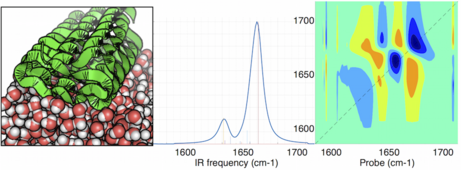
Contact: Khezar H. Saeed & Akriti Mishra
Contact: Lars Schmüser-Steger
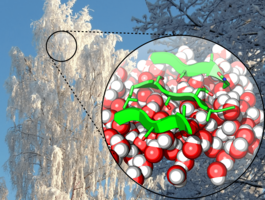
Bacteria can stimulate the growth of ice and snow using ice nucleating proteins (INPs). They use them to attack plants with frost damage and, when air-borne, they drive cloud seeding and snow precipitation.

Two-dimensional infrared spectroscopy (2D IR) is a nonlinear optical technique that requires ultrafast laser pulses. We are using 2D IR to study vibrational couplings within proteins to deduct their structure and orientation.
Contact: Khezar H. Saeed & Kris Strunge
Contact: Asger B. Thomassen
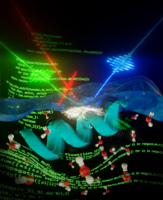
Develop computational tools to resolve protein structures from vibrational spectra. We use both SFG and 2DIR spectroscopies probe molecular vibrations in protein backbone. Resolving molecular structure from experimental spectra requires computational modelling. We are exploring simulations in both frequency and time domain and developing our own Vibrational Spectroscopy Calculations (Visca) Software.
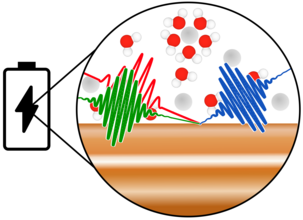
Understanding technologies, like the batteries, electrolyser and fuel cell, is important for the transition towards sustainable energy. We want to investigate the electrode/electrolyte interface, where the crucial electron transfer steps in redox reactions occur.
Contact: Asger B. Thomassen & Kris Strunge
Contact: Khezar H. Saeed